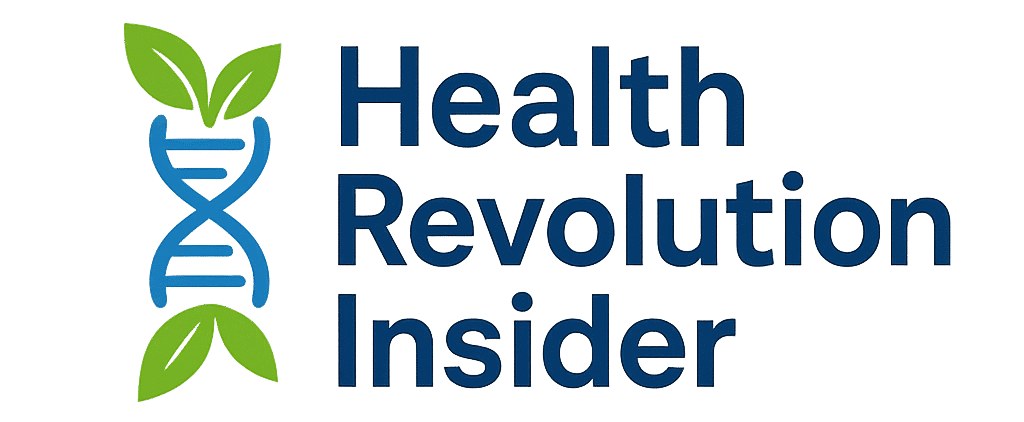In our quest for a healthy lifestyle, it’s crucial to be aware of potential obstacles that may hinder our well-being. One such hurdle that many individuals face is food allergies. These allergies can range from mild discomfort to severe reactions, making it essential to recognize and manage them effectively. In this article, we’ll delve into the most common food allergies, shedding light on their symptoms, sources, and strategies for a healthier life.
Understanding Food Allergies
A food allergy is an abnormal immune response to specific components in food. The body’s immune system mistakenly identifies certain proteins as harmful, triggering an allergic reaction. The severity of these reactions varies, with symptoms ranging from mild itching to life-threatening anaphylaxis.
1. Peanuts
Peanut allergies are not only common but can also be life-threatening. Peanuts belong to the legume family and can cause severe allergic reactions even in tiny amounts. Symptoms can range from hives and digestive issues to anaphylaxis, a severe, potentially fatal reaction. To manage peanut allergies, individuals must scrutinize food labels, inform others of their condition, and be prepared with an epinephrine auto-injector in case of accidental exposure.
2. Tree Nuts
Tree nuts, including almonds, walnuts, and cashews, are potent allergens. Allergic reactions to tree nuts can vary widely, with symptoms ranging from mild itching to severe respiratory distress. Cross-contamination is a considerable concern, making it crucial for those with tree nut allergies to be vigilant about food sources and processing practices.
3. Milk
Milk allergies are distinct from lactose intolerance. While lactose intolerance involves difficulty digesting lactose, milk allergies stem from an immune response to proteins in milk. Common symptoms include digestive issues, skin reactions, and, in severe cases, anaphylaxis. Individuals with milk allergies often need to explore dairy-free alternatives to meet their nutritional needs.
4. Eggs
Egg allergies, often prevalent in childhood, can lead to various symptoms. Skin reactions, gastrointestinal issues, and respiratory distress are common manifestations. Most children outgrow egg allergies, but careful monitoring and avoidance are essential. Reading food labels and communicating with schools and caregivers are crucial steps for managing egg allergies.
5. Soy
Soy allergies pose a challenge due to the widespread use of soy in various processed foods. Individuals with soy allergies must be diligent in identifying hidden sources and exploring alternative protein sources. Reading labels and communicating dietary restrictions to restaurant staff are essential steps in managing soy allergies effectively.
6. Wheat
Wheat allergies go beyond gluten sensitivity, encompassing an immune response to proteins in wheat. Symptoms can include gastrointestinal issues, skin reactions, and respiratory distress. Those with wheat allergies often adopt a gluten-free diet, emphasizing alternatives like rice, quinoa, and corn.
7. Fish and Shellfish
Fish and shellfish allergies can manifest as mild skin reactions or severe respiratory distress. Cross-contamination is a significant concern, especially in restaurants and shared kitchen facilities. Individuals with these allergies must be cautious about ingredient sourcing and inform restaurant staff about their dietary restrictions.
Living with food allergies requires more than just avoiding certain foods. It demands vigilance, clear communication, and proactive measures to ensure a safe and healthy lifestyle. By understanding the intricacies of common food allergies, individuals can make informed choices that contribute to their overall well-being.
Managing Food Allergies
Living with food allergies necessitates a proactive and informed approach to daily life. Effective management involves a combination of education, communication, and preparedness. Let’s delve into strategies for managing food allergies to ensure a safe and healthy lifestyle.
1. Read Labels Scrupulously
Understanding ingredient labels is paramount for individuals with food allergies. Manufacturers are required to list common allergens, making it crucial to scrutinize labels for any potential triggers. This practice extends beyond packaged foods to include condiments, sauces, and even cosmetics that might contain allergenic substances. Staying vigilant about label reading significantly reduces the risk of accidental exposure.
2. Communicate Allergies Clearly
Clear communication is the cornerstone of managing food allergies, especially in social and dining settings. Whether dining at a restaurant, attending social events, or even sharing meals with friends and family, communicating allergies is essential. Make sure to inform hosts, chefs, and waitstaff about specific dietary restrictions. Additionally, carry a food allergy card that succinctly outlines allergies, providing a quick reference for those preparing or serving food.
3. Seek Professional Medical Advice
If there is suspicion of a food allergy, seeking professional medical advice is crucial. Allergy testing conducted by healthcare professionals can identify specific triggers and guide appropriate management strategies. A healthcare provider can also offer advice on emergency response measures and prescribe medications such as antihistamines or epinephrine for severe reactions.
4. Adopt a Personalized Dietary Plan
Creating a personalized dietary plan in consultation with a healthcare professional or dietitian is instrumental in managing food allergies. This plan should include safe and nutritious alternatives to ensure that individuals meet their nutritional needs while avoiding allergens. In some cases, supplementation may be necessary to address potential nutrient gaps.
5. Be Prepared with an Epinephrine Auto-Injector
For individuals with severe allergies, carrying an epinephrine auto-injector is a non-negotiable safety measure. Anaphylaxis, a severe and potentially life-threatening allergic reaction, requires prompt administration of epinephrine. Understanding how to use the auto-injector and ensuring its accessibility at all times is crucial for emergency preparedness.
6. Navigate Cross-Contamination Concerns
Cross-contamination is a pervasive risk for individuals with food allergies, especially in shared kitchen spaces and restaurants. When dining out, communicate with restaurant staff about the importance of avoiding cross-contact. Choose establishments with a clear understanding of food allergies and their potential consequences. In shared kitchens, use separate utensils, cutting boards, and cooking surfaces to prevent cross-contamination.
7. Stay Informed and Educate Others
Continuous education is key to staying informed about emerging research, new allergens, and management strategies. Additionally, educating friends, family, coworkers, and school staff about food allergies fosters a supportive environment. Knowledgeable individuals are better equipped to accommodate and respond appropriately in case of an allergic reaction.
Effectively managing food allergies requires a holistic approach that encompasses education, communication, and preparedness. By incorporating these strategies into daily life, individuals with food allergies can navigate their environments with confidence, ensuring a healthier and safer lifestyle.
Living with food allergies requires more than just avoiding certain foods. It demands vigilance, clear communication, and proactive measures to ensure a safe and healthy lifestyle. By understanding the intricacies of common food allergies, individuals can make informed choices that contribute to their overall well-being.
Sources:
- American College of Allergy, Asthma & Immunology
- Food Allergy Research & Education
- Mayo Clinic – Food Allergy

